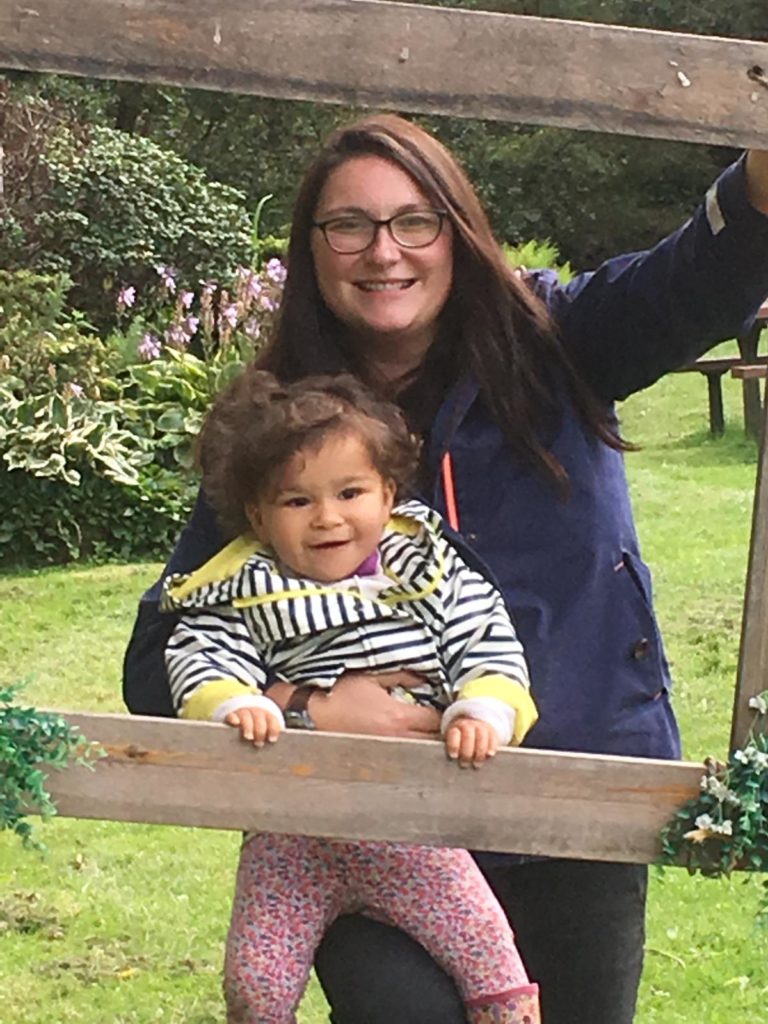Written by student Mary Warsop who is studying for her BA (Hons) Early Years Practice at Holy Cross College, Bury.
I am a Teaching Assistant, University student and parent to a toddler. I work in an inner-city primary school. Since the government’s announcement, to support the NHS and our critical workforce, I have been working on a rota basis to look after the children who are required to remain in school. I fully understand the rationale behind keeping our critical workers at work.
People ask me how we manage to keep children socially distanced? The answer is, with great difficulty. Anyone who has spent any amount of time with small children will know that they gravitate towards each other, it’s a part of being human. In a way, I have a sense that what we are doing feels innately wrong and somehow damaging. The prime areas of development (prioritised because of their importance in humanistic and brain development) are personal, social and emotional, communication and language and physical development. We tell children to stay away from their peers. This is the opposite to the usual approach taken towards supporting children’s emerging social skills. We are not to touch children unless we are administering first aid and are wearing personal protective equipment. Children may talk to each other but conversation is stifled by a physical gap and the fact that they are now in mixed classes and may not have a classmate they know.
To stop children from playing games with each other goes against my principles as a yearly year’s practitioner, as I usually champion the fact that young children learn best through play. I feel that isolating children in this way and reminding them every 2 minutes that they must not touch one another, though necessary to stop the
spread of infection, may have negative effects for children’s developing sense of self, issues around trust, and interpretation of social norms.
The way that my setting has interpreted the governments advice will differ to other settings. This is all respective of the senior leadership team’s priorities. A local school to me seems to have much less restrictive rules. I saw children holding hands as they played outside and a teacher hugging a child who seemed unsettled. This would be completely unacceptable at my setting where a game of ‘chase’ is not deemed acceptable, as inevitably someone will come into close contact with another (this is the point of the game after all). Play equipment isn’t to be used or any of the climbing frames or benches. iPad’s are out of bounds and the children are mostly engaged in solo creative activities.
What confuses the children most, is why we at school are being so mean, when they have been “playing out with all their friends” this whole time. It would seem that social distancing is more understood in some neighbourhoods than others. Rigorous testing and contact tracing systems seem a million light years away. So, for now this will just have to do. When we reflect on our practice at this time, I hope that we can say that we did our best.
Written by Mary Warsop.

